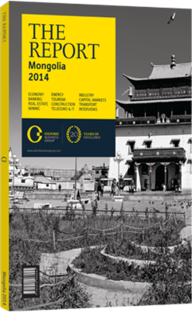Agriculture

Agriculture, which accounts for 16% of GDP and 40% of employment, benefitted from good climatic conditions in the first half of 2013, allowing the industry to grow 20.6% year-on-year. The government has concentrated its efforts on developing the sector in a sustainable fashion with a series of programmes such as the Mongolian National Livestock Programme and the State Policy on Food and Agriculture, which are expected to run until 2021 and 2020, respectively. While Mongolian producers have historically been able to meet the domestic demand for meat, consumption has been on the rise and, since 2009, meat prices have increased while exports have fallen. Mongolia is estimated to be 60% self-sufficient in vegetables and 100% self-sufficient in potatoes. The government and the private sector alike are working to transform Mongolia into a producer of high-end luxury agricultural products, which will likely be initially marketed in the West. Achieving this goal will require a series of investments in local processing, technology, transport networks and training. So long as these issues are addressed, the sector could potentially become a major and sustainable source of export revenues.
This chapter contains an interview with U. Boldsaikhan, President, Ensada Holding.

